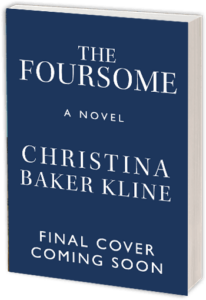 As a project for school, my 13-year-old son, Will, spent several days carrying an egg around. His task was simple: all he had to do was keep the egg from breaking.
As a project for school, my 13-year-old son, Will, spent several days carrying an egg around. His task was simple: all he had to do was keep the egg from breaking.
The experiment was intended to show what it’s like to have a baby, to approximate the feeling of constant vigilance that never leaves you once you have a child. Ultimately, of course, it was supposed to make hormone-addled adolescents think twice before doing something stupid.
As a mother of three, though, I wasn’t convinced by this analogy. A baby is nothing like an egg, unless it’s an egg that cries, wets itself, sucks on you constantly, and wakes up four times a night. But as my son described the feeling of carrying his egg – he named it “Rosalito” – around, I realized that it did remind me of something. “It’s always there,” Will said. “You can’t forget it or take it for granted. You feel protective and anxious all the time.”
And it dawned on me: Carrying an egg around is like being in the middle of writing a book. No matter what else you’re doing, the fact of the book is in the back of your mind. If you go too long without attending to it you get nervous. Maybe there’s a crack, a hairline fracture, you haven’t noticed! It is always with you, a weight solid and yet fragile, in constant danger of being crushed.
Like the egg, the weight of a book-in-progress is both literal and metaphorical. Within the accumulating pages, as inside the delicate eggshell, are the raw ingredients for something greater. But if you don’t nurture it properly you risk ending up with a mess.
My son’s egg stayed intact for a day and a half, largely because he swaddled it in straw. A spontaneous pick-up game of touch football, with Rosalito in his pocket, momentarily forgotten, spelled the egg’s demise. It was all right; in fact, Will said he was relieved. No way was he ready for that kind of responsibility.

































































